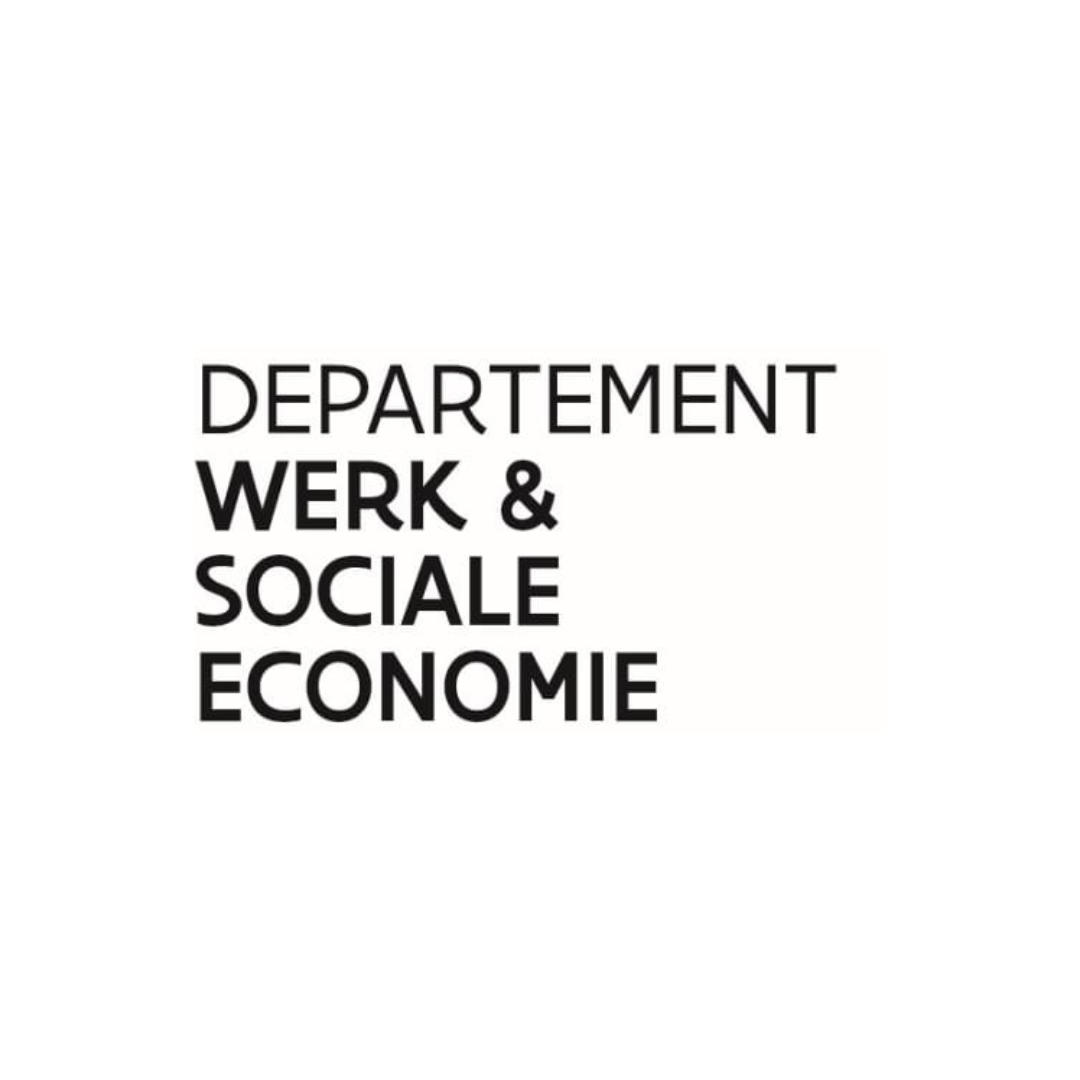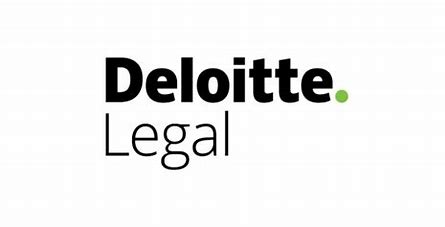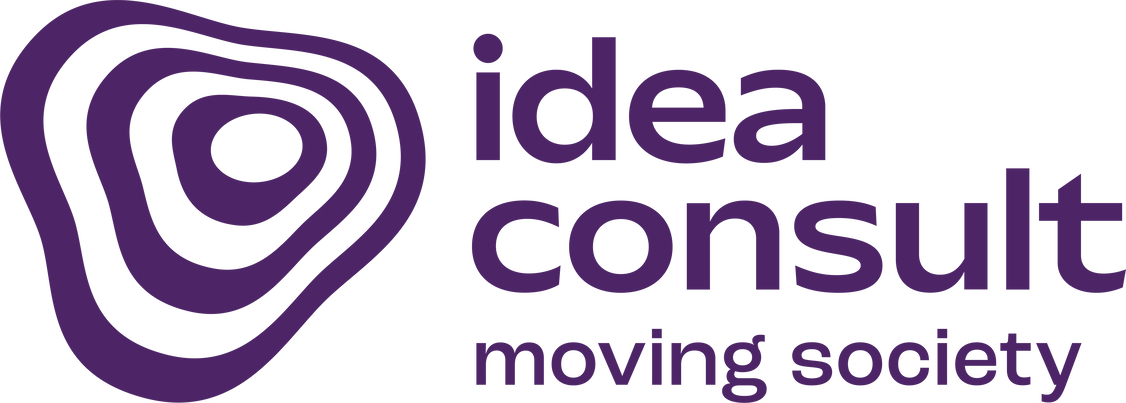We work on more than 300 projects every year.

Screening regulations lifelong learning
Ella Desmedt
The challenge
Participation in lifelong learning in Flanders is low. Several thresholds explain this: situational thresholds (lack of time, lack of support from employer or VDAB, etc.), dispositional thresholds (negative learning experiences, health, age, etc) and institutional thresholds. These are linked to the training and education system per se. The government – with several policy areas at Flemish and federal level being competent in the field of lifelong learning – shapes this system through regulation.
The central question of this research assignment was: based on a regulatory inventory, what bottlenecks, barriers, contradictions, gaps and leverages can be identified in regulation?
The process & results
A phased research approach was used:
- Based on a desk study, a normative was first developed. This framework guided the delineation of regulations to be screened, through themes, with a focus on potential thresholds. In addition, it was the basis for the critical analysis of regulations.
- Databases were then systematically searched using the themes and thresholds as search terms, as a basis for the inventory. If policy recommendations from previous research reports and interviews with relevant policy areas and social partners revealed additional regulations, the inventory was supplemented.
- Analysis through application of normative framework and consultation field was carried out. Each regulatory provision in the inventory was tested against the principles of the normative framework. This was done in a first round ‘top down’, via the expert opinion of the research team, and then in a second round ‘bottom up’, via online screen sessions with the policy domains and social partners.
- Make recommendations on which rules can disappear, which rules can be revised or what new regulations may be needed. However, this turned out not to be an obvious task for several reasons. Firstly, every rule has a certain rationale or reason for existence, which means it cannot simply be revised or scrapped. A second reason why formulating recommendations was not evident is that (nearly) all discussed rules with thresholds, also have leverages in them. The conclusions become different depending on which principle is put at the centre, and there are trade-offs in the principles. And finally, there was the observation that many regulatory thresholds stem from choices about funding. Rules are made to target limited budgets, in relation to certain political priorities. Making pronouncements on revising or developing specific regulations thus turned out not to be a matter that could be done objectively or neutrally, but a political issue, from certain social convictions.
In the end, the screening resulted in five general recommendations:
- Develop a vision on financing lifelong learning and lifewide learning, both formal, non-formal and informal, across the different policy domains, from a clear vision of a complementary supply based on shared responsibility.
- Provide an integrated, overarching governance of LLL’s public landscape, which may address contradictions, all kinds of undesirable effects of regulation or unhealthy forms of competition.
- Put research on regulation and learning culture on the agenda. It would be interesting to bring together the available knowledge on the possible influence of regulation on learning culture in a multidisciplinary way (science of public administration, psychology, organisational science, etc.) and possibly conduct additional research.
- When thinking about possible new regulations, the question should be asked whether new regulations are the best solution. A different policy instrument may possibly be more appropriate.
- Include regulatory screening in every policy evaluation. By systematically including the evaluation question “To what extent do regulations create thresholds or leverages for the effectiveness/efficiency/… of policy measure X?” in evaluations, structurally, on the basis of representative information, and with a better understanding of the policy context, the test can be made as to whether possible improvements to regulations are possible.
The full report, including regulatory inventory, is published on https://www.vlaanderen.be/publicaties/screening-regelgeving-levenslang-leren-hefbomen-en-knelpunten-in-de-regelgeving-levenslang-leren
Partners in this project


